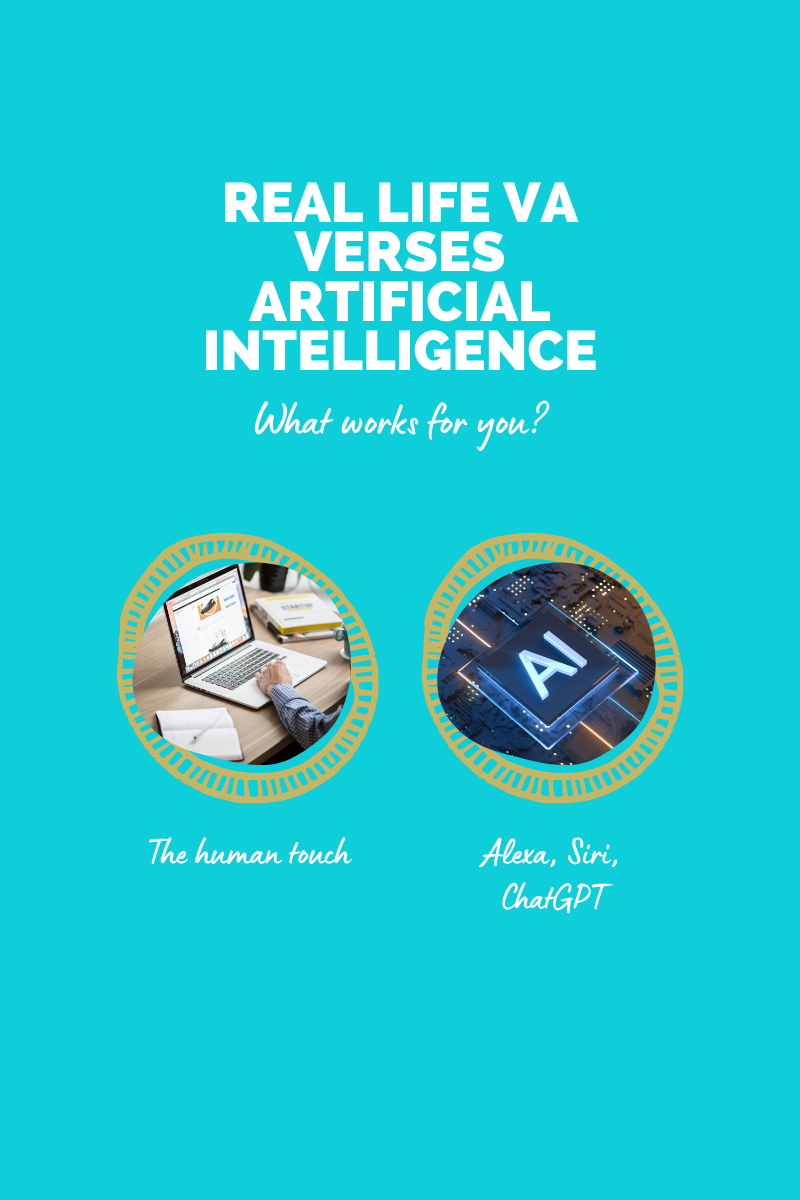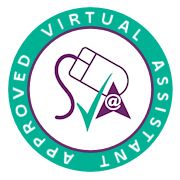Ready, set, goal!
New year, new start, new goals!!!
With it being the new year, I thought what better way to start with a blog and a few top tips for goal setting. Anyone who knows me know that I love a good SWOT analysis and setting myself SMART goals, I find that by doing the analysis, I can then easily set my short and long term goals. I recognise that goal setting is a different process for everyone but is so important to do so hope you enjoy my latest blog and that it supports you on your goal setting journey.
As a business owner or to be fair this can apply to absolutely anyone, it's important to have a clear set of goals to provide direction, focus, and motivation for you and your team (not to mention a sense of accomplishment when you actually achieve them). Goals can be short term, with a timeline of less than a year, or long term, with a timeline of multiple years. Both types of goals are important, but let's be honest – the short-term goals are the ones that make you feel like you're actually getting stuff done.
Short term goals are usually more tactical in nature and focus on specific tasks or objectives that need to be completed in the near future. These goals help to move the business forward and provide a sense of accomplishment. Some examples of short-term goals might include increasing sales by a certain percentage (because let's face it, money talks), launching a new product (because who doesn't love a good product launch?), or improving customer satisfaction (happy customers = repeat business).
Long term goals are more strategic in nature and focus on the bigger picture. These goals may take several years to accomplish and are often more abstract. Some examples of long-term goals might include expanding into new markets (because variety is the spice of life), achieving a certain level of profitability (because, again, money talks), or becoming an industry leader (who doesn't want to be the top dog!?).
Before setting any goals, it's important to assess the current state of the business and identify areas for improvement. One way to do this as I mentioned above is to do a SWOT analysis, which stands for Strengths, Weaknesses, Opportunities, and Threats. By analysing the internal and external factors that impact the business, you can identify goals that are aligned with the overall mission and vision of the company.
Once you have potential goals in mind, it's important to make them SMART – specific, measurable, achievable, relevant, and time-bound. This helps to ensure that your goals are clear, realistic, and achievable. For example, instead of setting a vague goal like "improve customer satisfaction," a SMART goal might be "increase customer satisfaction ratings by 10% within the next six months by implementing a new customer service training program."
In addition to setting specific goals, it's important to have a plan in place for achieving them. This can include breaking down larger goals into smaller, more manageable tasks, let's be realistic, "increase profits by 100%" is a little overwhelming, identifying resources and support needed, and establishing timelines for completion. Involving your team in the goal-setting process can also help to increase buy-in and commitment to the goals, remember, teamwork makes the dream work.
Finally, it's important to regularly review and adjust your goals as needed. As your business grows and changes, it's important to make sure that your goals are still relevant and achievable. This will help to keep you and your team focused and motivated as you work towards the overall mission and vision of the company and hopefully avoid any awkward "remember that time we set a goal to conquer the world and it didn't happen?" conversations.
Lucy’s top goal setting tips
1. Start with the end in mind. Before setting any goals, it is important to have a clear understanding of the overall vision and mission of the business. This will help to ensure that goals are aligned with the values and purpose of the company.
2. Make goals SMART. Specific, measurable, achievable, relevant, and time-bound goals are more likely to be successful than vague or overly ambitious goals. Be sure to include clear and realistic targets in your goals.
3. Break down larger goals into smaller, more manageable tasks. This will make it easier to track progress and stay motivated.
4. Involve your team and don’t forget to include your VA. By involving your team and VA in the goal-setting process, you can tap into their knowledge, skills, and experience, and increase buy-in and commitment to the goals.
5. Regularly review and adjust goals as needed. As your business grows and changes, it is important to regularly review and adjust your goals to ensure that they are still relevant and achievable. This will help to keep you and your team focused and motivated.
6. Remember that goal setting doesn’t need to be made into a difficult task. Keep it simple and record it somewhere that you can easily access and update it, maybe not on the back of a post-it note but on a simple word doc instead.
Thanks for taking the time to read my blog. To continue with the goal setting theme, come back to my website next week and download my free goal setting guide, I hope it can help you and your business.


Virtual Possibilities Blog








